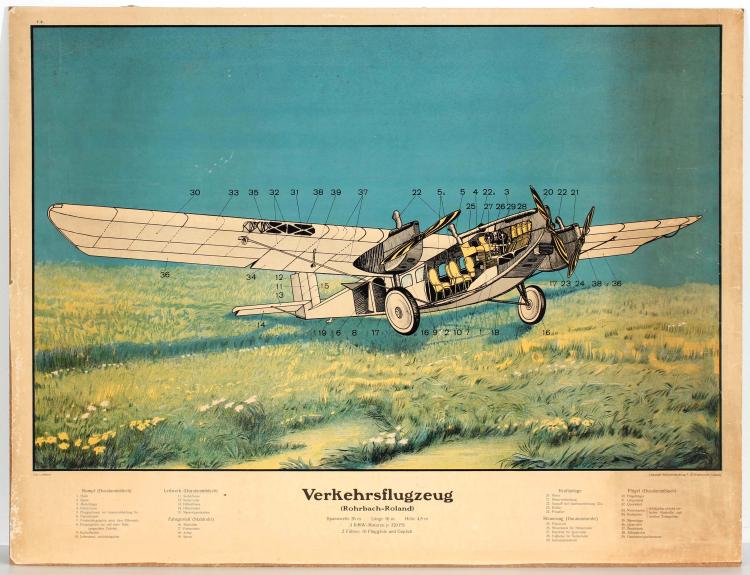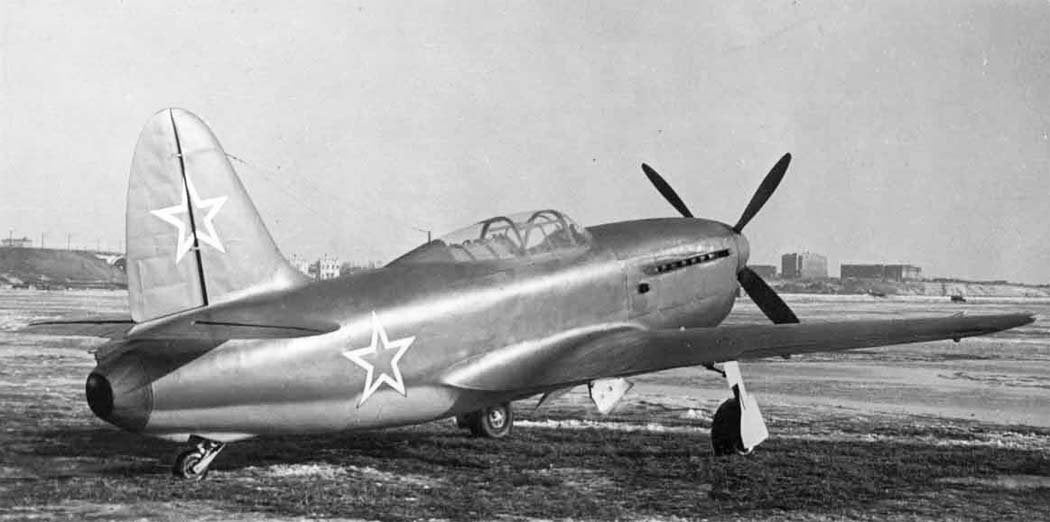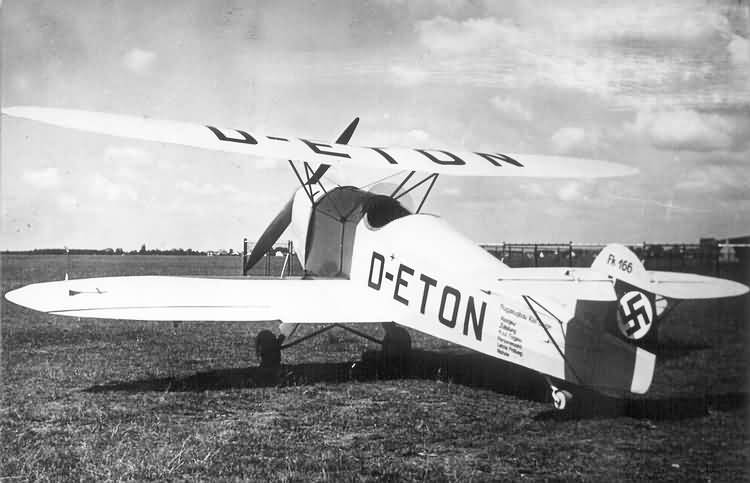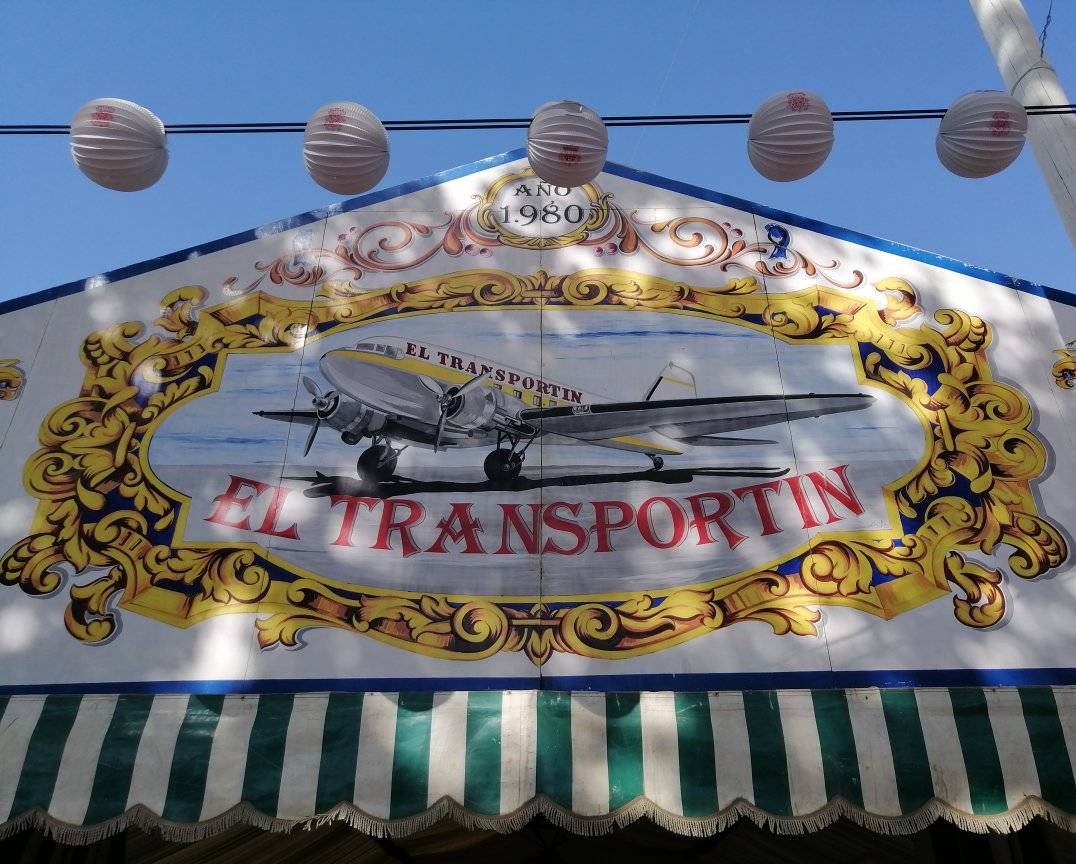To not be left behind Bell also joined the atomic fever of the 1950s. In their case with this humongous nuclear-powered helicopter. Not much info about their tandem rotor design apart of these numbers: a fuselage of around 300 ft long, 200 mph of max speed and a massive weight of 500,000 pounds.
This artwork is the only available. Curiously its two-deck fuselage is festooned with windows. I couldn’t see where the nuclear reactor(s) and cumbersome shielding should have been placed.










